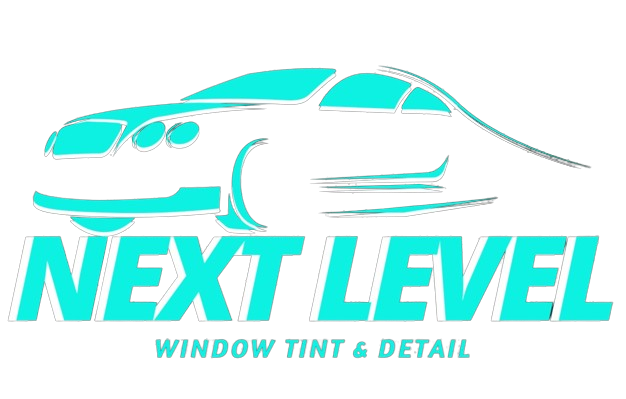The Best Type of Paint Protection for North Charleston Drivers
The Best Type of Paint Protection for North Charleston Drivers Preserving the pristine appearance of your vehicle is not just about aesthetics; it’s also a wise investment. For drivers in North Charleston, protecting your car’s paint is essential due to the unique climate and road conditions in the region. From intense UV rays to coastal salt exposure, your car’s exterior faces numerous challenges. This blog will explore the best types of paint protection options available, offering guidance tailored to your needs. Key Takeaways: Paint protection options include paint protection film (PPF), ceramic coatings, and wax. PPF provides robust protection against chips, scratches, and environmental hazards. Ceramic coatings offer long-lasting gloss and resistance to contaminants. Wax is cost-effective but requires frequent reapplication. North Charleston’s weather makes UV and salt protection crucial for maintaining vehicle paint. Why Do North Charleston Drivers Need Paint Protection? North Charleston’s climate and conditions demand extra care for your vehicle’s exterior. Here’s why paint protection is critical: UV Radiation: The region’s hot summers mean your car is exposed to intense sunlight, causing paint fading and oxidation over time. Salt and Humidity: Coastal air carries salt particles, which accelerate corrosion and damage to unprotected surfaces. Road Debris: Gravel, sand, and other particles on the road can lead to chips and scratches on your vehicle’s paint. Given these challenges, investing in the right paint protection method ensures your car stays in top condition, maintaining its value and appearance. Comparing Paint Protection Options To help you choose the best solution, here’s an overview of the most popular paint protection methods: Type Pros Cons Best For Paint Protection Film (PPF) Superior resistance to chips, scratches, and UV Higher upfront cost Drivers seeking maximum durability Ceramic Coating Long-lasting gloss and hydrophobic effect Limited protection against physical damage Enthusiasts wanting a glossy finish Wax Affordable and easy to apply Requires frequent reapplication Temporary protection on a budget 1. Paint Protection Film (PPF) Paint Protection Film (PPF), also known as clear bra, is a transparent urethane film applied to your vehicle’s surface. It is widely considered the most robust form of paint protection. Benefits: Scratch and Chip Resistance: Acts as a shield against stones, road debris, and minor collisions. UV Protection: Prevents fading and oxidation caused by prolonged sun exposure. Self-Healing Properties: Advanced PPF can repair minor scratches with heat. Longevity: High-quality films last up to 10 years with proper care. Drawbacks: Cost: It is one of the most expensive options. Professional Installation Required: DIY applications are challenging and not recommended. 2. Ceramic Coatings Ceramic coatings are liquid polymers that chemically bond with your car’s paint, creating a semi-permanent protective layer. They offer an excellent balance of protection and aesthetics. Benefits: Enhanced Gloss: Provides a sleek, mirror-like finish. Hydrophobic Properties: Repels water, dirt, and other contaminants, making cleaning easier. Chemical Resistance: Protects against acidic contaminants and bird droppings. UV Protection: Minimises fading and oxidation from sunlight. Drawbacks: Limited Physical Protection: Does not prevent chips or scratches. Price: Professional-grade coatings can be expensive. Maintenance: Requires regular washing to maintain its effectiveness. 3. Wax Wax is a traditional paint protection solution that creates a barrier between your car’s paint and the environment. It’s easy to apply and widely available. Benefits: Affordable: An economical option for temporary protection. Improves Shine: Enhances the car’s appearance with a glossy finish. Drawbacks: Short Lifespan: Needs reapplication every few months. Minimal Protection: Does not provide significant defence against chips or UV rays. Which Paint Protection is Best for You? The best paint protection method for North Charleston drivers depends on your needs, budget, and driving habits: If you prioritise durability and maximum protection: Paint Protection Film (PPF) is the best choice. If you value aesthetics and easy maintenance: Ceramic coatings are a great option. If you need a budget-friendly, short-term solution: Wax is a suitable choice. Maintenance Tips for North Charleston Drivers Regardless of the paint protection method you choose, proper maintenance is crucial to maximise its benefits: Wash Your Car Regularly: Prevent salt and grime build-up with frequent washes, especially after driving near the coast. Avoid Harsh Chemicals: Use pH-neutral car shampoos to protect the protective layer. Inspect for Damage: Regularly check for chips, scratches, or peeling. Reapply Protection as Needed: Stay on top of reapplication schedules for wax or ceramic coatings. Conclusion Choosing the best type of paint protection for your car in North Charleston is essential for combating the region’s unique challenges. Paint Protection Film offers the highest durability, ceramic coatings provide a stunning finish with moderate protection, and wax serves as an accessible, temporary solution. By understanding the pros and cons of each option, you can make an informed decision to keep your vehicle looking its best for years to come.
